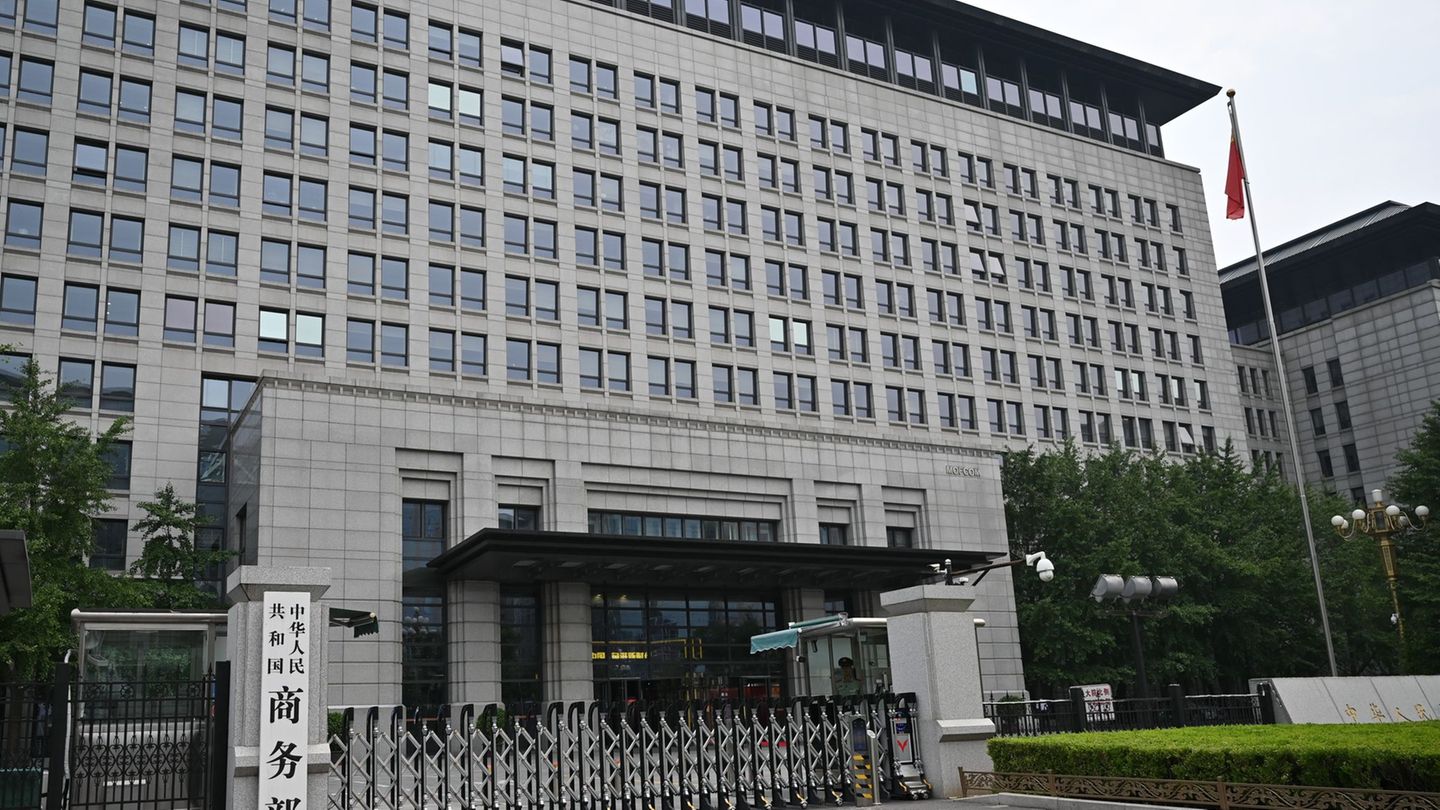Economic activity contracted 5.5% year-on-year in May, the worst record since October 2020. This is the second consecutive month that there has been a drop in economic activity.
The Monthly Estimator of Economic Activity (EMAE) fell 5.5% in May, in the interannual comparison, and fell 0.1% compared to the previous month. If the parallelism of the first five months of the year is made against 2022, the economy fell 2.3%. In addition to the fact that it is second consecutive month that registers a drop in activity. What is behind this strong contraction of the economy? What is expected for the next data? Are there sectors that are expanding?
The content you want to access is exclusive to subscribers.
for the economist Claudio Caprarulo, the director at Analyticaboth in April and May, the explanation for the drop is due to the lower production of the agricultural sectorimpacted by the consequences of the drought. Despite this, he stressed that there were other very relevant sectors such as trade and construction that grew from their level a year ago. “For the second consecutive month, the exploitation of mines and quarries (mining and hydrocarbons) was the sector that grew the most,” he revealed.


For his part, Gabriel Caamaño Ledesma, economic analyst at Consultora Ledesma, said that “the number is within what was expected due to the impact of the drought.” “You have to look more at the interannual variation of the original series, than the monthly variation of the adjusted series. The seasonal adjustment coefficients have been very unstable for several months now. It is seen how the numbers of the first semester of the series were changing with adjustment”. As for what may come, he anticipated: “It is to be expected that the data for June will also be bad and that the second quarter will be the worst quarter of the year in terms of magnitude of negative variations.”
Economic activity: drought as the protagonist
“In line with the data we saw in April, Drought is the main determinant of the decline in activitybut in the midst of marked heterogeneity at the sectoral level, that is, this lower agricultural activity is faced with the dynamics of certain sectors that partially cushion the drop in activity,” he stressed. Santiago Monoukian, Head of Research at Ecolatina.
In this regard, he indicated that the agricultural block is contracting 40% year-on-year and that this drags also associated industrial sectors such as the oilseed milling, health, chemicals, machinery, agricultural and also sectors such as transportwhich is also impacted by less activity.
Going the other way: the sectors that are expanding
“In the opposite direction we see sectors such as oil and gaswhich is inside mining and quarryingand which are being driven by Dead cow. The production of unconventional oil registers very strong volumes exported and the same with gas. Added to this is a good part of lithium mining within that same sector,” he said. Monoukian.
He also mentioned the automotive section “quite dynamic in its growth” that has an export profile that was not so affected by the obstacles to be able to import. As for the foodthe economist, said that due to the drought, beef production is boosted because “producers have to release more cattle to avoid higher mortality rates. So that feeds the task that is currently the largest since the strong liquidation process that took place in 2009“, broad.
From Ecolatina they also highlighted other sectors that show a good performance as the production of gasoline and diesel, basic metals, machinery for general use and the production of pharmaceuticals. “You also have the sector of consumption that, based on the effect of ‘the pesos burn’, remains standing as a trade, for example, or hotels and restaurants that also benefit,” Monoukian closed.
Source: Ambito




